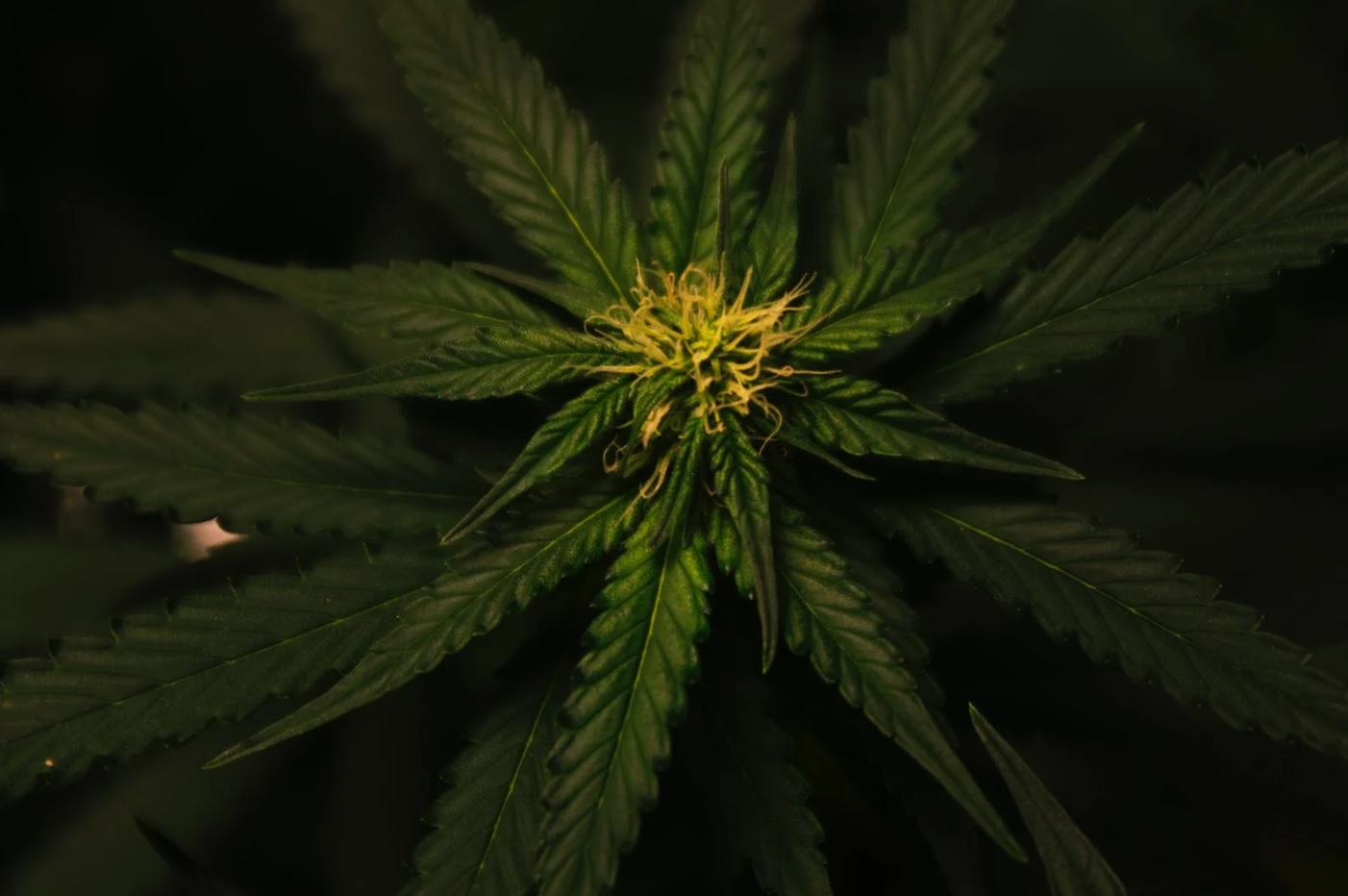Following the meteoric rise of CBD, another cannabinoid is now being touted as the next big thing. But what is CBG, what benefits does it offer and how does it differ from CBD?
Such is the popularity and omnipresence of CBD right now, if you haven’t tried it yourself yet, chances are you know someone who has.
Indeed, ever since governments around the world started to take a more relaxed approach to cannabis derivatives a few years ago, CBD has exploded in popularity and these days it feels like it’s practically everywhere.
But hot on the heels of CBD is another cannabinoid that’s starting to make a name for itself in the health and wellness industry. Its name is cannabigerol – CBG for short – and some say it might just be the next big thing. But what exactly is it and how does it differ from its sister cannabinoid? Let’s find out…
What is CBG?
CBG is an organic compound that’s derived from the cannabis or hemp plant. Along with the better-known CBD and THC (the intoxicating compound that gets you “high”) CBG is one of over 100 cannabinoids found in these plants.
Although CBD has enjoyed the lion’s share of the success thus far, it’s actually CBG that’s commonly referred to as “the Mother of all cannabinoids”. This is due to the fact that other cannabinoids in the plants start life as cannabigerolic acid (CBGA) which is an acidic form of CBG.
This is why CBG is found most abundantly in younger plants. Before they start to mature, the plants have a high proportion of CBG, but all that changes after around 6 weeks when this starts to convert into other cannabinoids.
It’s for this reason that manufacturers must use young plants to manufacture CBG, although this can be costly as it requires a massive volume of plants. This is one of the main reasons CBG hasn’t been pushed quite as hard as CBD.
What are the Benefits of CBG?
With the rules and regulations around cannabis only relaxed fairly recently, research into these cannabinoids is still very much in its infancy. This makes it difficult to make any concrete claims about the benefits of using CBG just yet, simply because we don’t quite have the sufficient data to back them up. However, with that said, the limited research that has been carried out has yielded some pretty promising results.
Multiple human trials have shown CBG may be useful for a number of medical applications, including reducing the size of cancerous tumours, relieving pain and treating sleep disorders.
During another study researchers also discovered CBG has potential antibacterial properties after it was noted the compound had the abilty to kill dangerous bacterial infections like MRSA. And elsewhere, animal studies have also demonstrated CBG may hold promise in treating a range of conditions including bladder dysfunctions, Huntington’s disease, inflammatory bowel disease and glaucoma.
As pointed out already, the research on CBG in relation to these conditions is by no means thorough and there’s still a long way to go before it’s approved for these uses. That’s why you should never attempt to self-medicate with this or any other cannabinoid until more studies have been carried out.
Nevertheless, it’s hard not to be encouraged by the data, and with more trials expected in the not-too-distant future, hopefully we’ll soon know more about these cannabinoids which should give us a greater understanding of their therapeutic potential.

CBG Vs CBD – How Do They Differ?
As you’ve probably guessed by now, these two cannabinoids share a lot of similarities. Both of them are non-psychoactive and act on the body’s in-built endocannabinoid system, while each has exhibited potential in treating pain, improving sleep disorders and reducing inflammation. Moreover, anecdotal evidence suggests both of these cannabinoids may help the user relax which could explain why many people use these products to help alleviate anxiety and stress.
While these compounds are undeniably similar in nature, there are some stark differences between the two. The first distinction is they bind to different receptors in the brain, with CBG binding to the CB1 and CB2 receptors – something CBD doesn’t do. This could mean CBG delivers its effects to the endocannabinoid system more effectively.
There’s also a big difference in the manufacturing process, with CBG much harder to produce than CBD. The reason for this is most cannabis and hemp plants contain only 1% CBG as opposed to 25% CBD. As mentioned earlier in the post, this means manufacturers must use young plants when producing CBG, ramping up costs and complicating the production process. This is why a bottle of CBG oil often costs quite a bit more than a bottle of CBD.
Summary
To summarise, CBG is an organic compound found in the cannabis and hemp plants. This cannabinoid is similar to CBD insofar as it could help treat pain, help you get a better night’s rest and alleviate anxiety. Conversely, there are also some differences between the two, most notably in the way they interact with our endocannabinoid system, and also in the quantities of the compounds found in the plants, with CBG much less abundant, which has an impact on both the production and cost of the product.
Although the research that’s been carried out is extremely promising, at this point the science is still in the early stages. However, our understanding of cannabinoids is improving all the time, and with each additional study we gain a better understanding of these compounds and how they can help us.
To keep up to date with the latest news, it’s always a great idea to keep your eye on good, reliable health blogs – then you won’t miss any important developments!
This post was written by Darryl Rigby, Senior Content Executive at Fitamins
